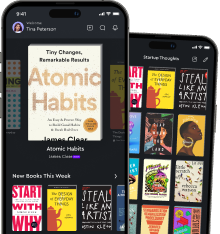Use appropriate timing from "summary" of Effective Communication Skills by Angelina Zork
Timing is an important factor in communication. Knowing when to say something and when not to is essential to getting your message across in the most effective way. Being aware of the right timing can significantly improve the success of any conversation.- Good timing is a critical factor in successful communication. Knowing when to say or do something can easily make the difference between success and failure of a communication goal.
- In conversations, timing plays a role in ensuring the speaker is heard and understood: Wait patiently and avoid interrupting someone who’s speaking; Limit your response times so they are appropriate to the circumstances; Respect other people's views by letting them finish their statement.
- Time management should be at the heart of your communication approach. By taking an organized, proactive approach to setting deadlines, you’ll dramatically improve the results of your communication efforts.
- Being timely with emails, phone calls, notes, and other forms of communication can go a long way in making sure your message stands out. Responding quickly also sends a signal that you are engaged and genuinely interested in the conversation at hand.
- Pay attention to cultural differences in communicative timing. While some cultures may emphasize swift responses to requests, others prioritize slower, deliberately paced dialogue. Learn what is acceptable in different contexts and adjust your communication accordingly.
- Time constraints are a part of everyday life that need to be taken into account when communicating. Recognize key deadlines and prioritize tasks ahead of time to effectively manage the flow of work.
- Timing large projects correctly will help ensure that everyone has relevant information in advance so everyone is on the same page. This will allow for more efficient use of time throughout the duration of the project.
- Whenever possible, try to synchronize communication goals as much as possible. Group conversations, arrangements and meetings together in larger chunks to save energy and stress.


